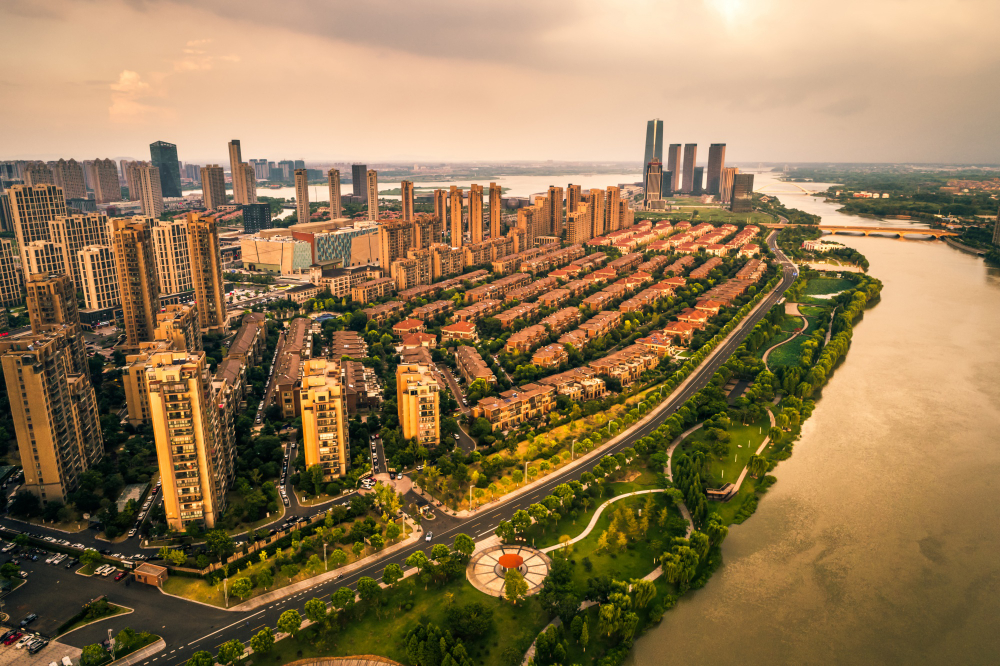From Apartments to Tiny Homes: Exploring Every Housing Option
When it comes to choosing a place to live, there’s no one-size-fits-all solution. Whether you’re a first-time renter, a growing family, or someone craving simplicity, understanding the wide range of housing options can help you make the right choice. From urban apartments to off-grid tiny homes, let’s break down the most common (and some not-so-common) types of housing available today.
🏢 Apartments
Best for: Urban dwellers, young professionals, students
Apartments are one of the most popular housing types, especially in cities. They come in various sizes—from studios to multi-bedroom units—and are usually part of a larger building or complex.
Pros:
Maintenance is typically handled by the landlord or property manager
Amenities like gyms, pools, and security may be included
Often located in convenient, central areas
Cons:
🏘️ Townhomes
Best for: Small families, people wanting a blend of house/apartment living
Townhomes (or row houses) are multi-story homes that share walls with neighboring units. You’ll typically get more space than an apartment and may even have a small yard or garage.
Pros:
More privacy than an apartment
Often located in residential neighborhoods
Usually come with ownership (but rentals exist too)
Cons:
🏠 Single-Family Homes
Best for: Families, long-term homeowners, those seeking more space
A classic option, single-family homes are stand-alone structures with a yard, driveway, and often a garage. They’re ideal for families or anyone wanting privacy and space.
Pros:
Full control over your home and property
Greater resale value over time
Room to expand or renovate
Cons:
🏢 Condos
Best for: Buyers who want ownership with low maintenance
Condos are like apartments, but you own the unit. Shared spaces like lobbies, gyms, and hallways are maintained by a homeowners’ association (HOA).
Pros:
Cons:
🛖 Tiny Homes
Best for: Minimalists, eco-conscious individuals, digital nomads
Tiny homes have gained popularity for their affordability, sustainability, and charm. Often under 400 sq ft, they can be mobile or stationary.
Pros:
Cons:
🚐 Mobile Homes & RVs
Best for: Travelers, budget-conscious homeowners, retirees
Mobile homes and RVs offer flexibility and lower costs. While mobile homes are set on a permanent lot, RVs let you take your home on the road.
Pros:
Affordable housing option
Potential for travel and flexibility
Smaller environmental footprint
Cons:
🌇 Lofts & Studios
Best for: Singles, creatives, city dwellers
Lofts often feature open-concept layouts with high ceilings and industrial vibes. Studios are compact, with living, sleeping, and kitchen space in one room.
Pros:
Great for minimalist living
Often located in artsy, urban areas
Unique aesthetics and layouts
Cons:
🧳 Choosing the Right Fit for You
When picking a home, consider:
Budget – upfront costs, monthly expenses, utilities
Lifestyle – do you need space for hobbies, pets, or a home office?
Location – urban, suburban, or rural?
Ownership vs Renting – are you ready to invest, or do you need flexibility?
Final Thoughts
No matter where you are in life, there’s a housing option that can meet your needs. Whether you’re drawn to the sleek convenience of an apartment, the long-term investment of a house, or the freedom of a tiny home, the right fit is out there.
Ready to find your perfect home? Start by identifying your priorities—and remember, your living space should reflect you.















